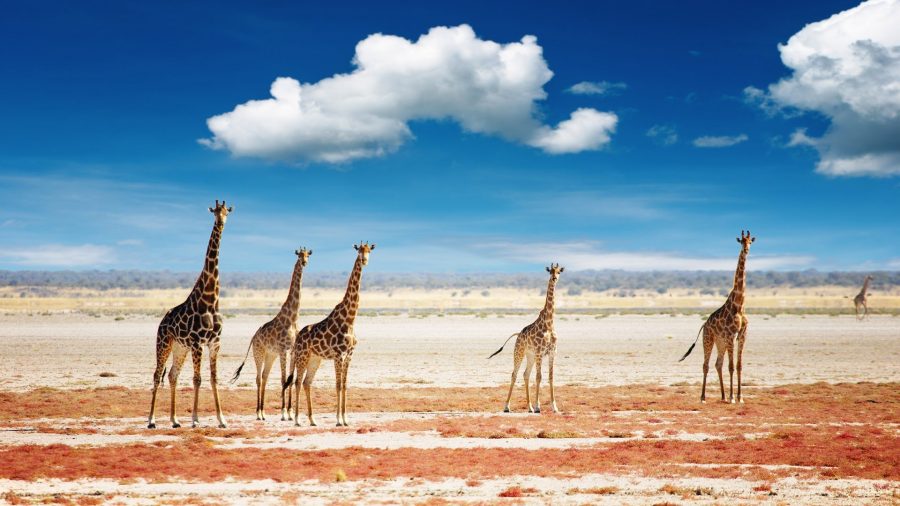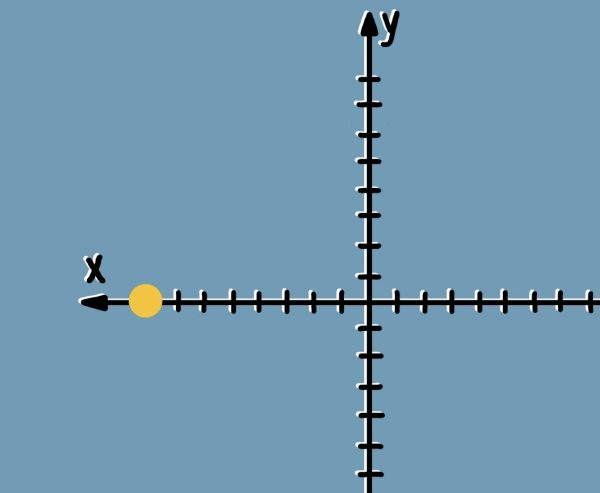The End of The Giraffe
Why The World’s Tallest Species Will Soon Be Gone
The world’s tallest currently living animal, the giraffe (Giraffa camelopardalis), is projected to lose its title as the world’s tallest living animal in the next 50 years. The giraffe is not losing its title because something bigger is coming along, but because it is going extinct. The giraffe population has plummeted from approximately 151,702–163,452 specimens in 1985 to 97,562 specimens in 2015, or a shrinkage of around 40%. It’s still falling. The new statistics revealed the “tragically low” numbers of giraffes left in the wild. Accordingly, the International Union for Conservation of Nature (IUCN) reclassified the giraffe as “vulnerable,” moving it from the list of “least concern,” and thus putting it on the Red List of Threatened Species.
The co-chair of the IUCN, Dr. Julian Fennessy, has expressed great dismay over the findings and stated that giraffes are undergoing a silent extinction. A silent extinction has to do with the animals’ extinction going unnoticed by scientists. “While there have been great concern about elephants and rhinos, giraffes have gone under the radar but, unfortunately, their numbers have been plummeting, and this is something that we were a little shocked about, that they have declined by so much in so little time,” said Fennessy when interviewed by the BBC about the issue. The cause of the population drop has been categorized as human interference caused by illegal hunting (a problem plaguing all wildlife in the Serengeti), habitat loss due to expanding agriculture, mining, and civil unrest in the region. Fennessy has said that in the regions home to the giraffe – northern Kenya, Somalia, and Ethiopia in the border area with South Sudan – the animal is war fodder because it is “a large animal, extremely curious, that can feed a lot of people.”
While, in terms of overall numbers the future of the giraffe may seem grim, because of the IUCN’s classification there is still hope. The IUCN classifies giraffes as one species with nine different subspecies. That’s where the good news comes from. Of the nine subspecies, five are experiencing a population collapse, but three are actually increasing in numbers, and one is remaining at current levels.
As of right now, the only plan the IUCN has on how to save the giraffe is to pressure the local governments to start cracking down on poaching and to increase their biodiversity before it’s too late. In the long run, the conservationists and scientists working for IUCN have a plan to model the conservation efforts for giraffes after those being practiced in South Africa. “South Africa is a good example of how you can manage wildlife, there is a lot of moving of animals between different conservation areas, it is a very different scenario than in most of the rest of Africa,” conservationist Chris Ransom told the BBC.
Sources:
· http://www.sciencealert.com/giraffes-are-heading-towards-a-silent-extinction-as-populations-plummet
· http://www.bbc.com/news/science-environment-38240760

Hi my name is Kevin Lentz, I am in 10th Grade and am 15 years old. I am a writer for the newspaper and like to write about STEM topics. My favorite font...










